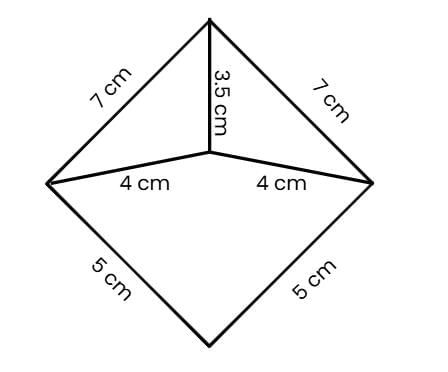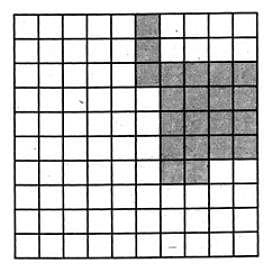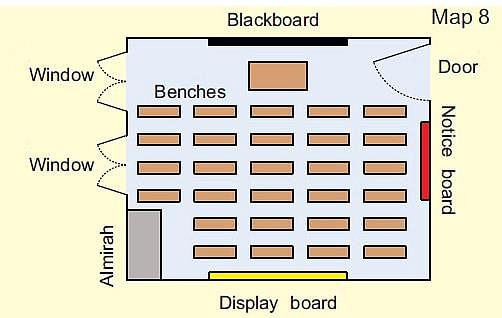Class 5 Exam > Class 5 Tests > Mathematics for Class 5: NCERT > Test: Mapping Your Way - 2 - Class 5 MCQ
Test: Mapping Your Way - 2 - Class 5 MCQ
Test Description
10 Questions MCQ Test Mathematics for Class 5: NCERT - Test: Mapping Your Way - 2
Test: Mapping Your Way - 2 for Class 5 2024 is part of Mathematics for Class 5: NCERT preparation. The Test: Mapping Your Way - 2 questions and answers have been
prepared according to the Class 5 exam syllabus.The Test: Mapping Your Way - 2 MCQs are made for Class 5 2024 Exam. Find important
definitions, questions, notes, meanings, examples, exercises, MCQs and online tests for Test: Mapping Your Way - 2 below.
Solutions of Test: Mapping Your Way - 2 questions in English are available as part of our Mathematics for Class 5: NCERT for Class 5 & Test: Mapping Your Way - 2 solutions in
Hindi for Mathematics for Class 5: NCERT course. Download more important topics, notes, lectures and mock
test series for Class 5 Exam by signing up for free. Attempt Test: Mapping Your Way - 2 | 10 questions in 10 minutes | Mock test for Class 5 preparation | Free important questions MCQ to study Mathematics for Class 5: NCERT for Class 5 Exam | Download free PDF with solutions
Test: Mapping Your Way - 2 - Question 1
The height of a building is 10 m and this building is represented by 10 cm on a map. What is the scale used for the map?
Detailed Solution for Test: Mapping Your Way - 2 - Question 1
Detailed Solution for Test: Mapping Your Way - 2 - Question 2
| 1 Crore+ students have signed up on EduRev. Have you? Download the App |
Test: Mapping Your Way - 2 - Question 3
The perimeter of a square is 60 cm. Find the area of the square.
Detailed Solution for Test: Mapping Your Way - 2 - Question 3
Detailed Solution for Test: Mapping Your Way - 2 - Question 4
Test: Mapping Your Way - 2 - Question 5
Perimeter of a square is equal to the perimeter of the rectangle. If length and breadth of the rectangle is 24 cm and 20 respectively. Find the area of the square.
Detailed Solution for Test: Mapping Your Way - 2 - Question 6
Test: Mapping Your Way - 2 - Question 7
Look at the following figure:  ABCD is a rectangle. Find the area of the figure.
ABCD is a rectangle. Find the area of the figure.
Detailed Solution for Test: Mapping Your Way - 2 - Question 8
Detailed Solution for Test: Mapping Your Way - 2 - Question 9
Detailed Solution for Test: Mapping Your Way - 2 - Question 10
|
28 videos|169 docs|41 tests
|
Information about Test: Mapping Your Way - 2 Page
In this test you can find the Exam questions for Test: Mapping Your Way - 2 solved & explained in the simplest way possible.
Besides giving Questions and answers for Test: Mapping Your Way - 2, EduRev gives you an ample number of Online tests for practice
|
28 videos|169 docs|41 tests
|
Download as PDF





















